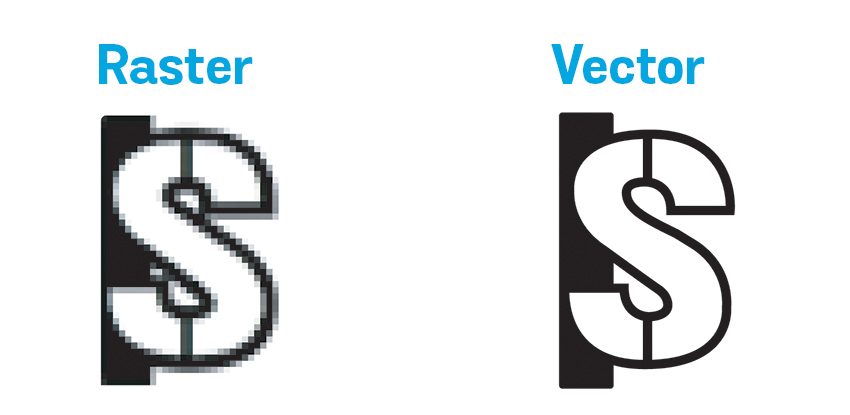Artwork Guidelines
To ensure you get a great final product, take the time to prepare your artwork for printing following these guidelines. If you need assistance, let us know. We’re happy to take a look at your art.
To ensure you get a great final product, take the time to prepare your artwork for printing following these guidelines. If you need assistance, let us know. We’re happy to take a look at your art.
Vector Files – .ai .pdf .eps .svg
Raster Files – .psd .png .jpg
Raster Files must be 300dpi to print size or larger (resizing low dpi files to high dpi files does not work. Art must be created with a high dpi)
If you’re unsure about what you have, or need help converting your art into one of these formats, just let us know. Our creative department can help.
Raster files are made up of pixels that cannot be increased in size without degrading quality. This is why we prefer vector files for screen printing and embroidery. Vector files are made up of equations making them infinitely scalable without losing quality. Raster files must be 300dpi to print size or larger.

We are not able to use art that has “Live” fonts. This is because we most likely don’t have the font you used to create your art. But it’s a simple fix; In Adobe Illustrator, select your live text, right click and select “Create Outlines”. This ensures the fonts will print how they were intended. It’s possibly to create outlines in other design programs, like Canva. Just follow their specific prompts.
We use Pantone Solid Coated for matching ink colors and Madeira threads for embroidery matching. To get the most accurate reproduction, include the Pantone colors in your file. You can easily convert a Pantone color in Illustrator and Photoshop, but it’s always recommended to check it to the physical Pantone book since screens all display differently. If you can’t match yourself, we will match colors to the best of our abilities. Don’t worry, you’ll get a mock up for approval before start your order.
If you’re looking to reproduce photographic or full-color images, we must create simulated color separations. This is an additional cost from art time to screen setups to prepare the artwork for printing. Simulated Color Separations are charged per color and are typically 7-12 colors to reproduce an image.
For the best results, check that your fonts are no smaller than 8pt and lines no thinner than 1 pt. Inverse art and negative space text need even larger sizes to print well. If your design has small elements, it’s helpful to print it out to size to ensure everything looks good when printed and legible from a distance.
The smallest that can be embroidered is 0.2″ (5cm) tall. We may need to readjust your design to fit the parameters, but we’ll alway check with you first and get approval before we proceed.
From a sketch on a napkin to editing a photo for screen print, OSI can bring your ideas to life. If you don’t have artwork, or your art is not print-ready, our team can create or re-create for you at an hourly rate. Any artwork submitted that is not print ready may incur an hourly art charge. Learn more about our creative services.
If you’re new to this, that’s cool. Use these tutorials to help you prep your art.